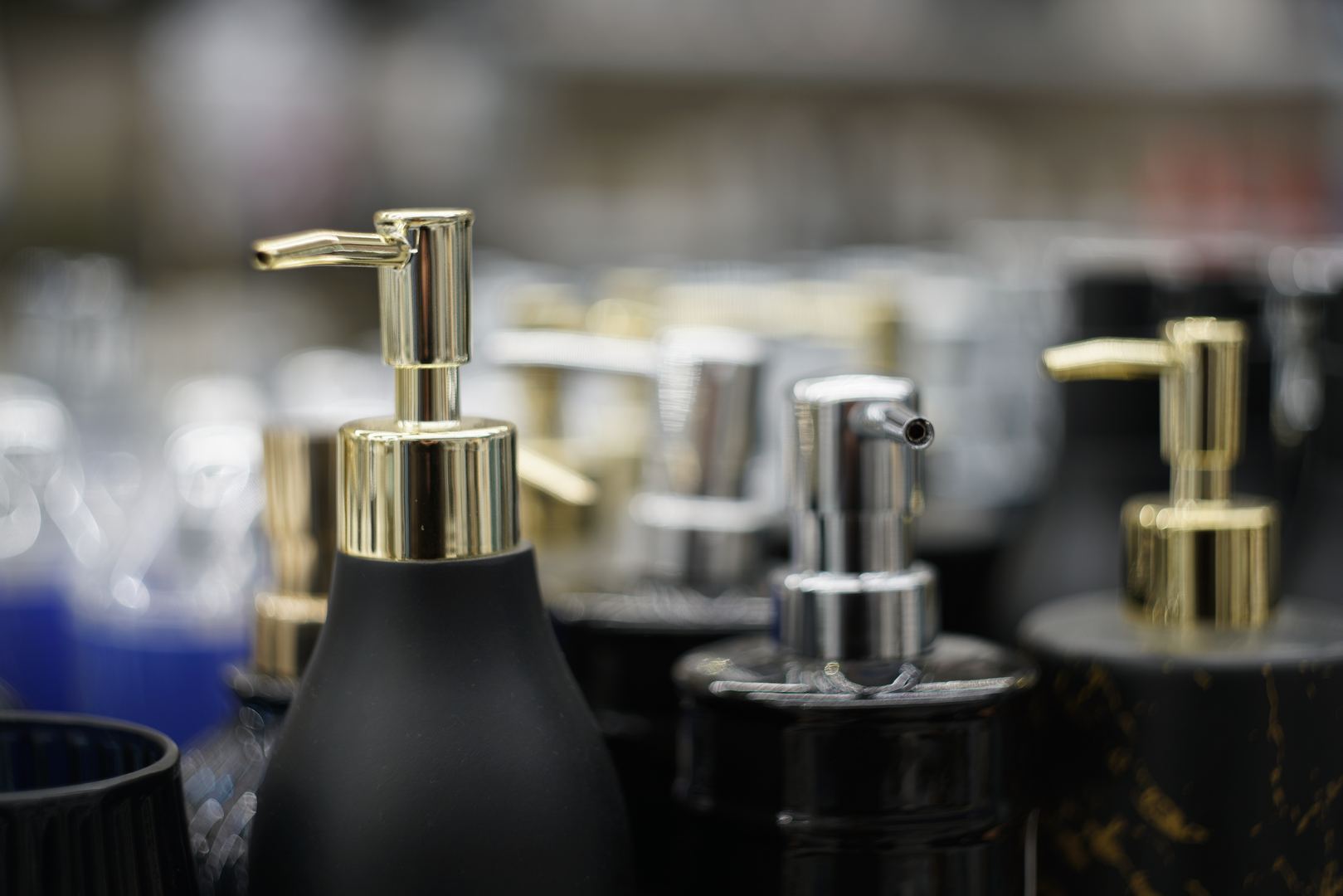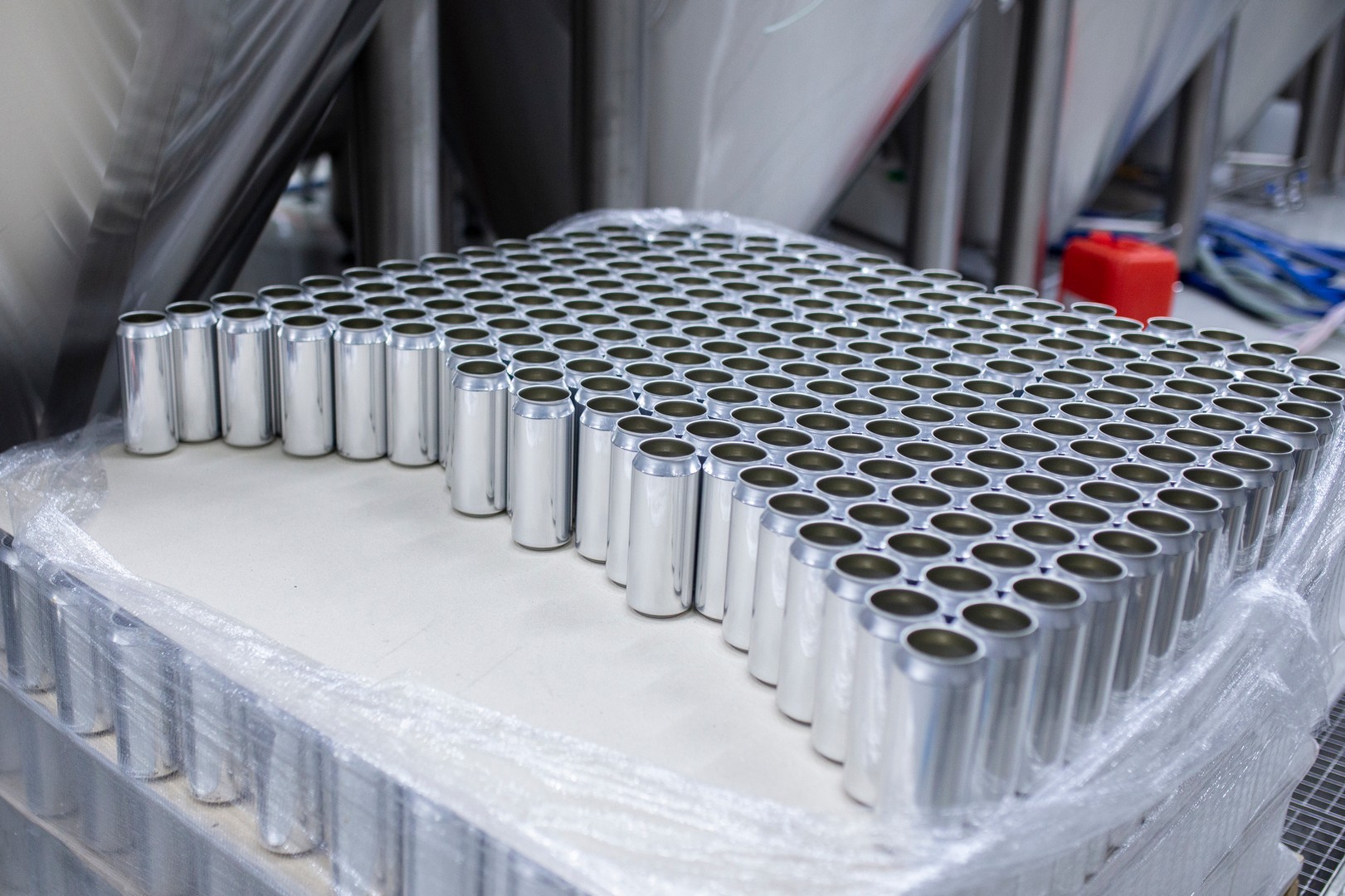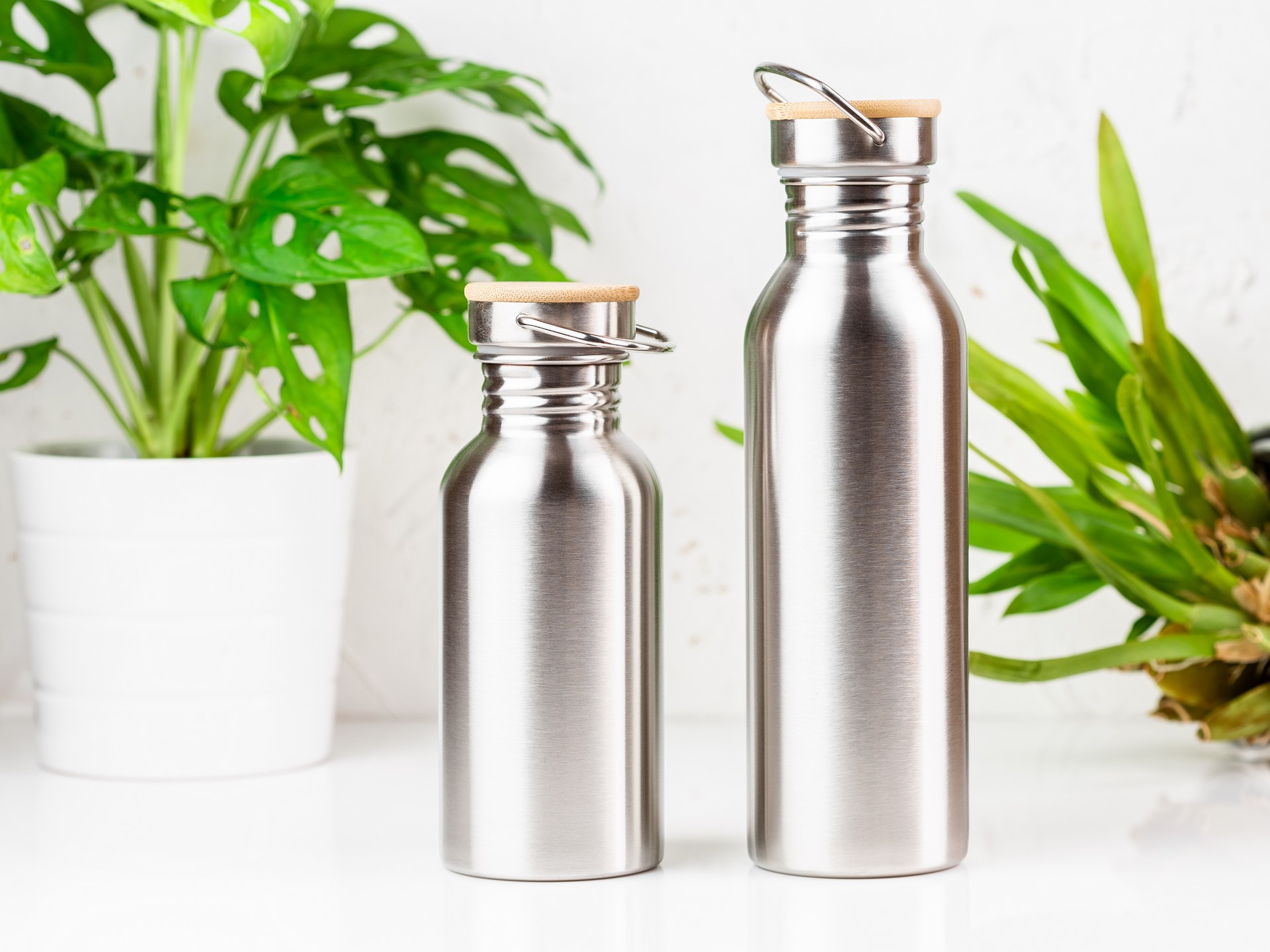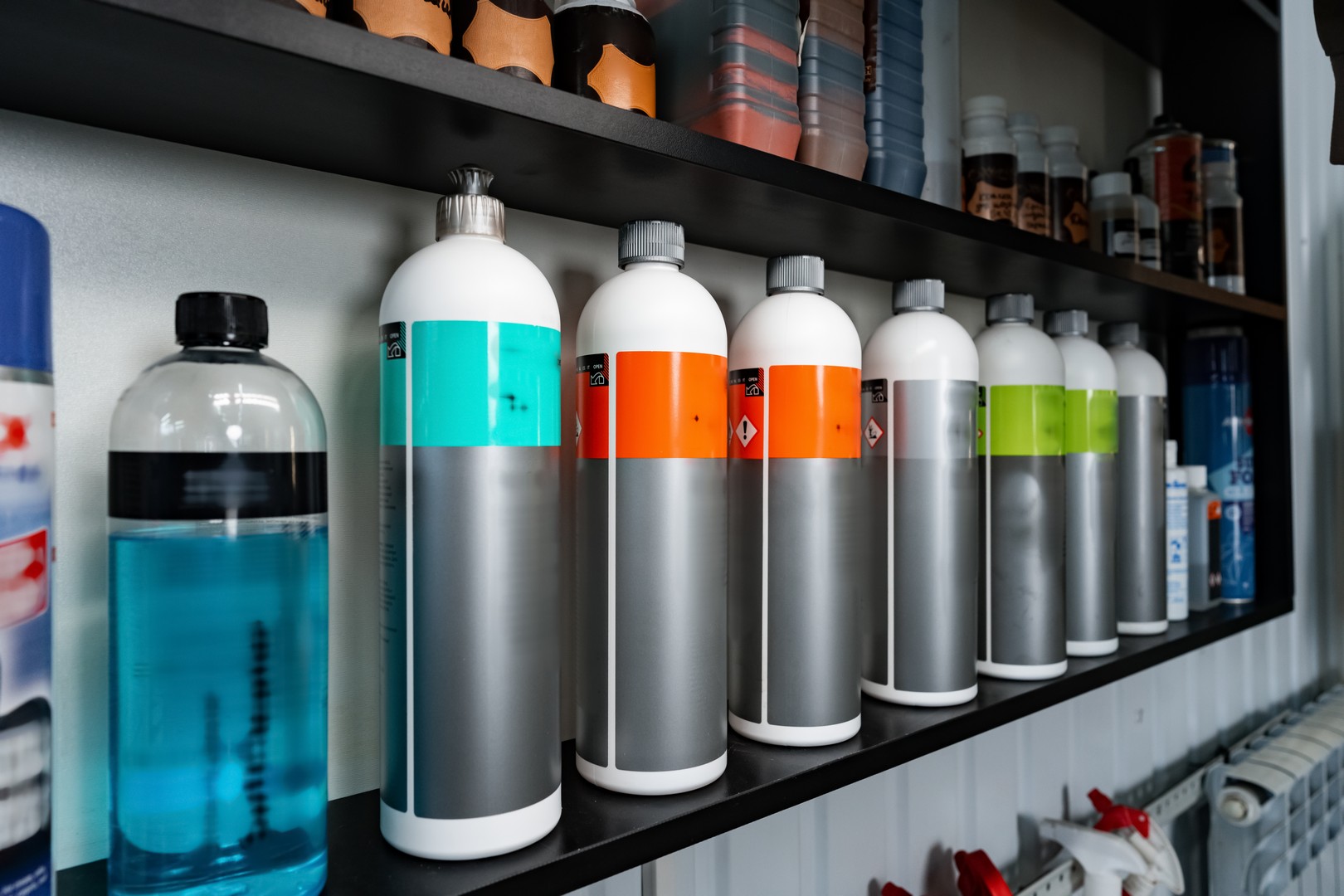By Joy Xu, Sales Manager at YTL Packaging
In my 8+ years working with aluminum packaging, I’ve learned that wall thickness is the single most critical decision that separates successful packaging from costly failures. It’s not just about making containers thinner to save money—it’s about finding that sweet spot where engineering meets economics.
At YTL Packaging, our 0.45-0.6mm wall thickness specification didn’t happen by accident. It’s the result of years of testing, thousands of production runs, and learning from both successes and failures. Today, I want to share the engineering principles and practical insights that guide our thickness decisions across cosmetic, automotive, and healthcare applications.
Why 0.45-0.6mm Became Our Standard
When clients ask why we specify this range, I tell them it’s where science meets reality. Research shows that aluminum packaging wall thickness selection requires balancing cost optimization with performance requirements, and our range represents that optimal engineering zone where structural integrity, manufacturing feasibility, and material efficiency converge.
The Mathematics Behind Our Choice:
Our engineers use the pressure vessel formula: t_min = (P × D) / (2 × σ_allow × E), where design pressure, internal diameter, allowable stress, and joint efficiency determine structural requirements. For most cosmetic and automotive applications, this calculation points to our 0.45-0.6mm sweet spot.
But here’s what the formula doesn’t tell you: real-world performance goes beyond calculations. I’ve seen 0.4mm bottles fail during shipping not because of inadequate pressure resistance, but because they couldn’t handle the mechanical abuse of modern logistics networks.
The Cost Reality: Material vs. Performance Trade-offs
Material costs represent 70% of total packaging expenses in aluminum packaging, making thickness optimization critical. However, I’ve learned that obsessing over material savings often leads to false economy.
Here’s the truth about cost optimization:
- 15-50% cost reduction is possible through smart thickness management
- Ultra-thin processing below 0.4mm requires specialized equipment that increases manufacturing costs
- Quality control costs actually decrease with our 0.45-0.6mm range due to improved process stability
Last year, I worked with a startup that insisted on 0.35mm thickness to “maximize cost savings.” After three production runs with 8% defect rates and customer complaints about denting, they switched to our 0.5mm specification. Their per-unit cost actually decreased when factoring in reduced waste and returns.
Engineering Performance Across Applications
Cosmetics: Where Aesthetics Meet Protection
In cosmetics packaging, perception is reality. A dented premium skincare bottle doesn’t just look bad—it damages brand equity. Our 0.45-0.6mm specification provides:
Superior Dent Resistance:
- 0.45mm minimum prevents deformation during normal handling
- 0.6mm maximum maintains cost efficiency while ensuring premium feel
- Our 99.7% aluminum purity provides consistent material properties across the thickness range
I recently helped a luxury fragrance brand transition from glass to our 0.55mm aluminum bottles. The result? Zero breakage during transport and 30% reduction in shipping costs—money they redirected into marketing.
Automotive Care: Chemical Compatibility Under Pressure
Automotive products present unique challenges that separate amateur manufacturers from professionals. Chemical compatibility becomes critical when dealing with aggressive formulations, and wall thickness directly impacts chemical resistance.
Our Automotive Specifications:
- 0.5-0.6mm range for standard automotive cleaners and additives
- Enhanced chemical-resistant coatings applied to optimized thickness
- Tamper-evident caps engineered for our wall thickness specifications
When Toyota selected us as their supplier in 2015, it wasn’t just about our manufacturing capabilities—it was about understanding that automotive packaging requires engineering precision, not just container production.
Quality Control: The YTL Advantage
Our quality control approach reflects 14+ years of manufacturing experience. Ultrasonic thickness gauges providing ±0.0002 inch accuracy monitor every bottle we produce, but technology alone isn’t enough.
Our Three-Tier Quality System:
- Real-time Process Control: Statistical process control with immediate feedback to forming equipment
- Batch Validation: Comprehensive testing of mechanical properties and dimensional accuracy
- Performance Verification: ASTM D4169 distribution simulation testing ensuring real-world durability
The difference between our approach and typical manufacturers? We test for failure modes that matter to end users, not just specification compliance.
Regional Standards and Global Compliance
Working with global brands means navigating different regulatory requirements. FDA compliance, LFGB certification, and EU standards each have specific requirements that impact thickness decisions.
Key Compliance Considerations:
- FDA recognizes aluminum ≥25 micrometers as functional barrier—well below our structural range
- LFGB testing requires specific thickness/formulation combinations for chemical migration
- ISO 15378 pharmaceutical standards demand documented thickness validation protocols
Our SGS and Bureau Veritas certifications ensure compliance across all major markets, but more importantly, our thickness specifications are designed to exceed regulatory minimums with comfortable safety margins.
The Hidden Costs of Poor Thickness Decisions
I’ve seen the consequences of inadequate thickness specification across hundreds of projects:
Common Failure Modes:
- Pinhole formation in ultra-thin applications (below 0.4mm)
- Structural failures under distribution stress
- Consumer complaints about package integrity
- Brand damage from perceived quality issues
The Real Numbers:
- One in 50,000 cans typically shows defects in properly engineered systems
- 8% defect rates common with inadequate thickness specifications
- Return rates 3-5x higher for packages below optimal thickness
Advanced Materials: Beyond Basic Thickness
At YTL, we don’t just optimize thickness—we optimize the complete material system. Our 99.7% pure aluminum provides superior formability, but alloy selection can enable thickness reduction while maintaining performance.
Alloy Performance Comparison:
- 1100 series (pure aluminum): Requires 0.5-0.6mm for most applications
- 3003 alloy: Enables 0.45-0.55mm range with enhanced strength
- 5052 alloy: Allows 10% thickness reduction compared to 3003
The key insight? Advanced materials enable intelligent downgauging, but attempting thickness reduction with inadequate alloys leads to failure.
Looking Forward: Technology and Optimization
The future of aluminum packaging thickness optimization lies in smart manufacturing and materials science. We’re investing in:
Advanced Process Control:
- Real-time thickness monitoring with automated feedback
- Machine learning algorithms optimizing forming parameters
- Predictive quality systems preventing defects before they occur
Next-Generation Materials:
- Nano-enhanced aluminum alloys enabling further thickness reduction
- Advanced coating systems improving performance at reduced thickness
- Hybrid material approaches combining aluminum with performance enhancers
Practical Recommendations for Package Engineers
Based on years of practical experience, here’s my advice for optimal thickness selection:

For Cosmetic Applications:
- Start with 0.5mm for premium positioning
- Consider 0.45mm only with proven supply chain capability
- Never go below 0.4mm without extensive distribution testing
For Automotive Care:
- 0.55-0.6mm range provides optimal chemical resistance
- Factor in closure compatibility when optimizing thickness
- Validate with actual formulations, not just standard chemicals
For Healthcare Products:
- Regulatory compliance first—optimize within approved ranges
- Consider patient safety implications of thickness decisions
- Document everything—thickness validation is critical for audits
Conclusion: Engineering Excellence Through Informed Decisions
Wall thickness optimization isn’t about finding the thinnest possible specification—it’s about engineering the right solution for each application. Our 0.45-0.6mm standard reflects thousands of hours of testing, real-world validation, and continuous improvement.
The brands that succeed with aluminum packaging understand that thickness is a strategic decision, not just a cost variable. When you optimize thickness properly, you’re not just reducing material costs—you’re improving quality, enhancing brand perception, and building long-term customer satisfaction.
At YTL Packaging, we’ve learned that the best thickness specification is the one that makes your product successful in the marketplace. That’s why our engineering team works closely with each client to optimize thickness for their specific requirements, market conditions, and performance expectations.
The bottom line: Proper wall thickness optimization can reduce costs while improving performance—but only when approached with engineering discipline and real-world validation.
Joy Xu is Sales Manager at Jiangxi Yingtonglai Metal Products Co., Ltd. (YTL Packaging), specializing in aluminum packaging solutions with optimized wall thickness for cosmetic, automotive, and healthcare applications. With over 8 years of experience in packaging engineering, Joy helps brands achieve optimal balance between cost efficiency and performance excellence.
Ready to optimize your packaging thickness specifications? Contact Joy at sales@ytl-packaging.com or call +86-182-7911-5989 for expert guidance on aluminum packaging engineering.

 Joy Xu
Joy Xu

